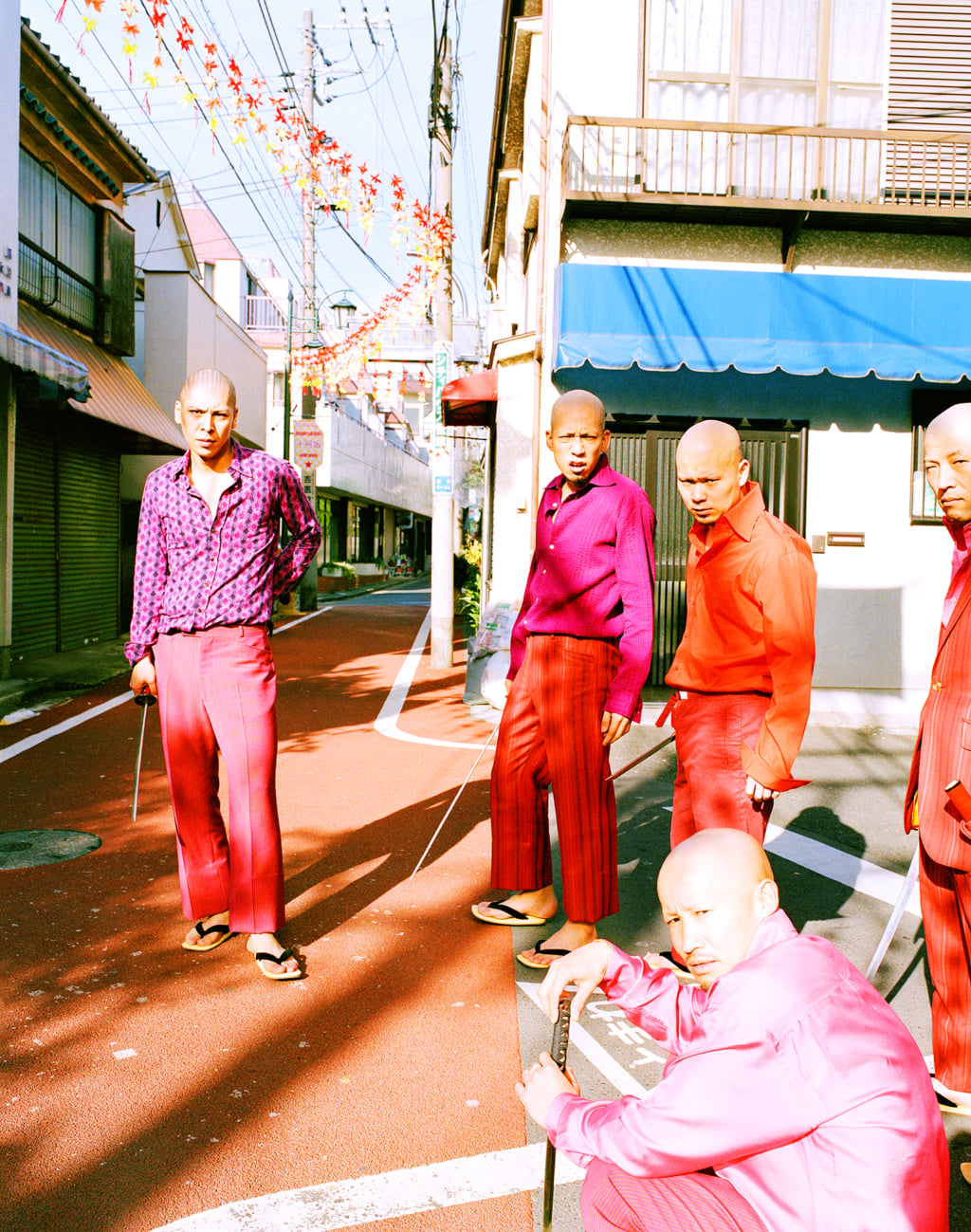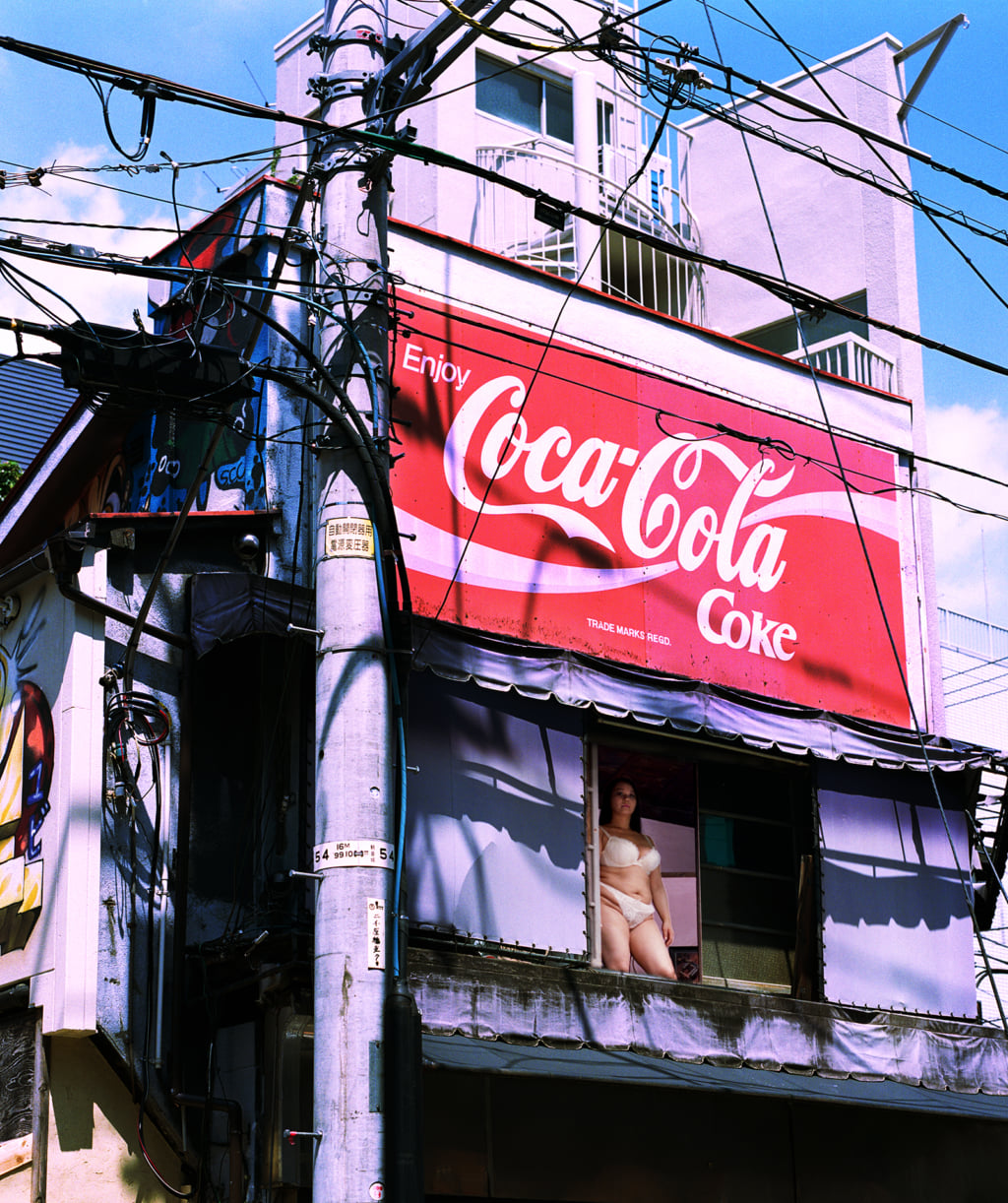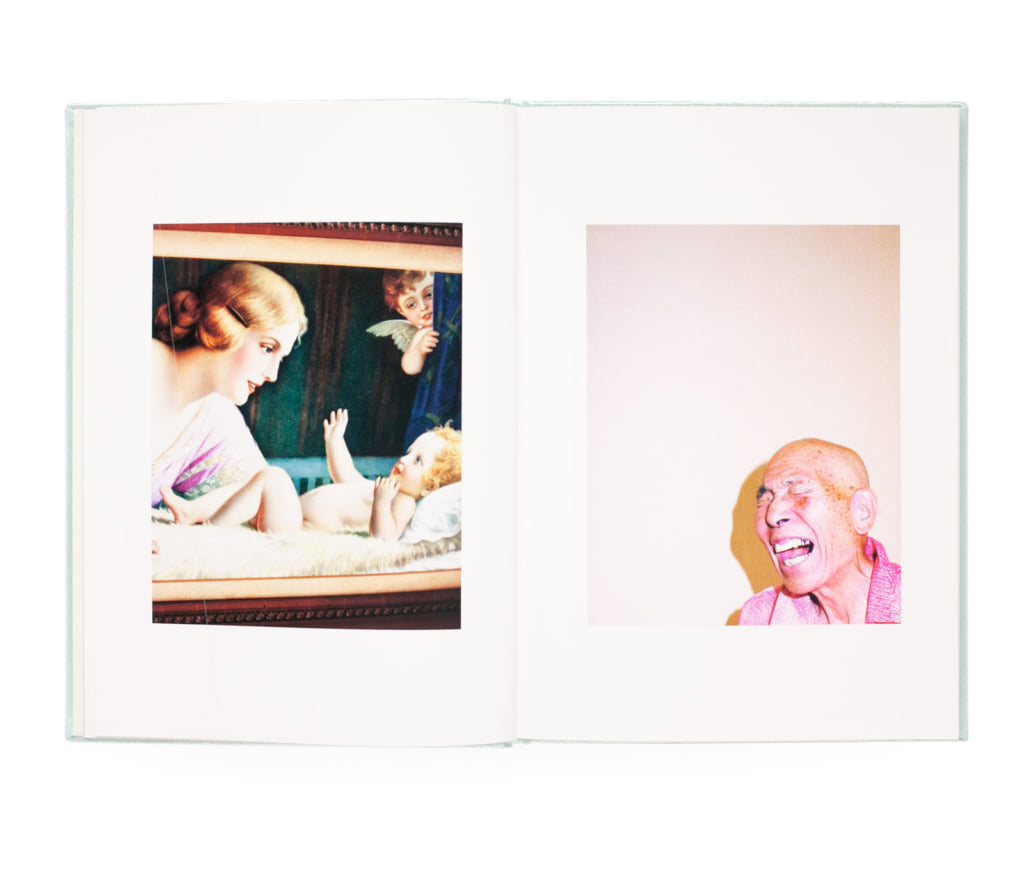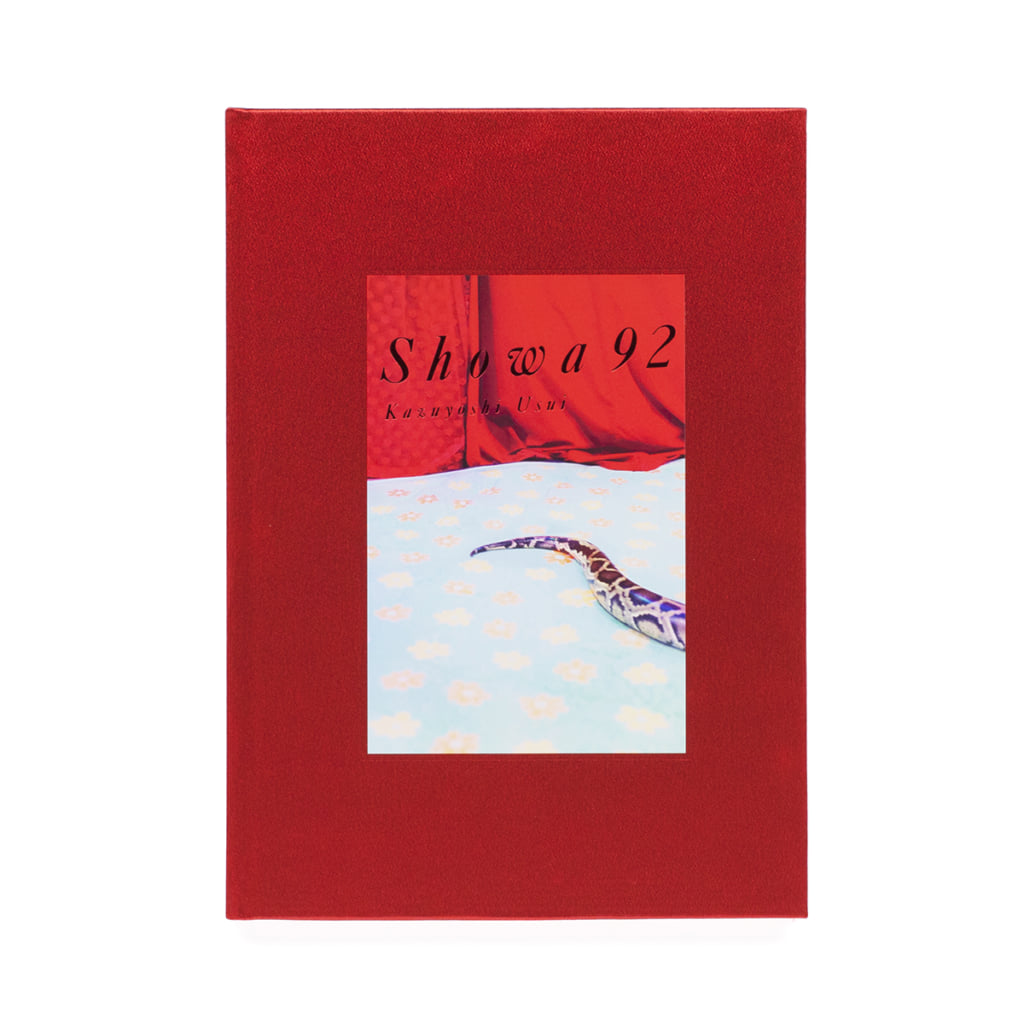Kazuyoshi Usui’s Fantasy Japanese Society
Between nostalgia and imagination, the photographer offers a new look at a decisive period in contemporary Japanese society.

‘Showa 88’ by Kazuyoshi Usui, 2011. Courtesy of Zen Foto Gallery
On 1st May 2019, Japan left the Heisei era and entered Reiwa. From 1926 to 1989, however, the country was living in the Showa era, corresponding to the reign of the emperor Hirohito, known as Showa Tenno. Born in 1975 in Tokyo, the photographer Kazuyoshi Usui has based his work on the following premise: what if the Showa era never ended?
This fictional imagining takes the form of a trilogy – Showa 88 (2011), Showa 92 (2015), and Showa 96 (2019). The images taken by the artist include portraits, day-to-day scenes, landscapes, and interiors illustrating the period famed as the miracle of the Japanese economy.
Creating a fantasy world
According to the artist and curator Miki Nitadori — who presented the series as part of the exhibition Anti-chambre Acte 2 in Paris in 2020 — ‘Kazuyoshi Usui brings together images that give birth to a fantasised vision of Japan like that seen from abroad. While those born in Japan after the war might recognise some of the elements in the shot, this is not the Showa era they know from the films of the 1970s or TV programmes of the 80s.’
Kazuyoshi Usui explains that his desire is to avoid expressing pure nostalgia within his work, and to instead create a fantasy world.
Showa 88 (2011), Showa 92 (2015), and Showa 96 (2019) by Kazuyoshi Usui are published by the Zen Foto Gallery.

‘Showa 92’ by Kazuyoshi Usui, 2015. Courtesy of Zen Foto Gallery

‘Showa 88’ by Kazuyoshi Usui, 2011. Courtesy of Zen Foto Gallery

‘Showa 88’ by Kazuyoshi Usui, 2011. Courtesy of Zen Foto Gallery

‘Showa 96’ by Kazuyoshi Usui, 2019. Courtesy of Zen Foto Gallery

‘Showa 92’ by Kazuyoshi Usui, 2015. Courtesy of Zen Foto Gallery
TRENDING
-
A House from the Taisho Era Reveals Its Secrets
While visiting an abandoned building, Hamish Campbell discovered photographs the owner had taken of the place in the 1920s.

-
The Taboo-Breaking Erotica of Toshio Saeki
The master of the 1970s Japanese avant-garde reimagined his most iconic artworks for a limited box set with silkscreen artist Fumie Taniyama.

-
With Meisa Fujishiro, Tokyo's Nudes Stand Tall
In the series 'Sketches of Tokyo', the photographer revisits the genre by bringing it face to face with the capital's architecture.

-
Masahisa Fukase's Family Portraits
In his series ‘Family’, the photographer compiles surprising photos in which he questions death, the inescapable.

-
Hajime Sorayama's Futuristic Eroticism
The illustrator is the pioneer for a form of hyperrealism that combines sensuality and technology and depicts sexualised robots.





